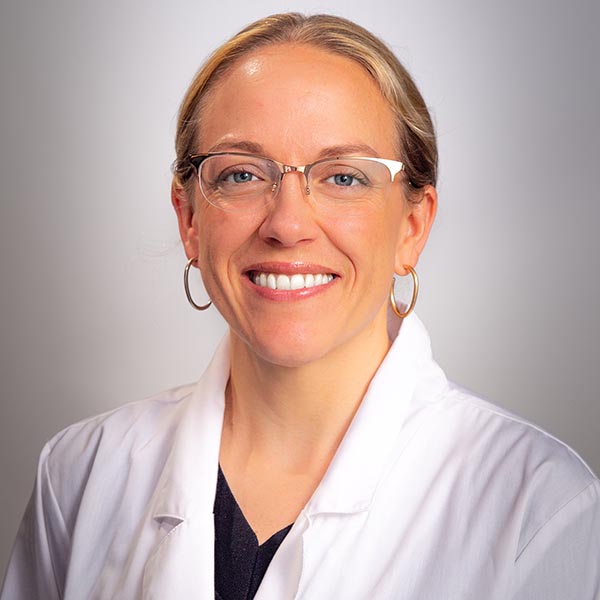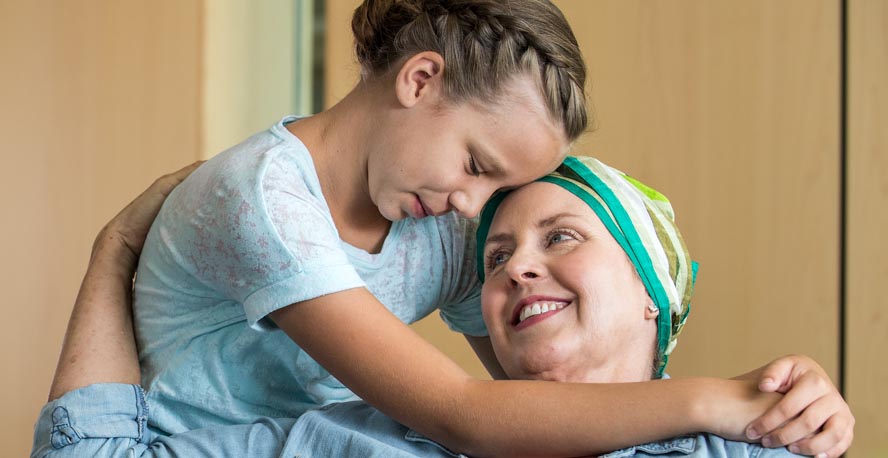While finding a lump in the breast is no cause for panic, experts advise to never ignore the signs of breast cancer, because early detection can save lives.
The incidence of breast cancer has increased, said Ursa Brown-Glaberman, MD, a breast cancer specialist at The University of New Mexico Comprehensive Cancer Center. At the same time, “survival from breast cancer has actually been improving over the past couple of decades,” she said.
The improvement in survival can be attributed to two things: early detection and improved treatments.
“Women are getting diagnosed earlier and at earlier stages, when breast cancer is more curable, so credit certainly goes to good screening and to the mammographers,” Brown-Glaberman said. “But also, the treatment for breast cancer has improved dramatically over the past 20 years – we have better new and better treatments and new drugs – and we know how to tailor those treatments more effectively.”
Breast cancer may produce virtually no symptoms when the tumor is small and at its most treatable. The five-year survival rate for women diagnosed with breast cancer that has not spread is 99 percent. But if the cancer has spread to distant organs, the survival rate drops to 26 percent. That’s why screening to detect early-stage breast cancer is very important.
“I always tell people – even very young women – to never blow off a finding in the breast,” Brown-Glaberman said. “You want to follow it up, and if things persist, you want to be evaluated by a health care provider.”
According to the American Cancer Society, an estimated 1,700 New Mexican women will be diagnosed with breast cancer and about 290 will die from the disease in 2022.
“We know that this is a common disease affecting women every day in our state,” Brown-Glaberman said.
The Breast Team at the UNM Comprehensive Cancer Center offers the full spectrum of care, from diagnosis through treatment and survivorship. This includes screening services, such as genetic counseling to determine risk (which can lead to genetic testing), as well as physical exams and mammograms and diagnostic services. They also offer testing and biopsies and treatment plans that include hormone therapy, chemotherapy, radiation therapy and surgery.

I’m really proud of our breast program and team . . . within the walls of the UNM Comprehensive Cancer Center, we have all the pieces that you need to diagnose and treat a breast cancer patient in a personalized way, tailored to her needs
“I’m really proud of our breast program and team at the Cancer Center. We offer true multi-disciplinary breast care,” Brown-Glaberman said. “That means within the walls of the Cancer Center we have all the pieces that you need to help diagnose and treat a breast cancer patient in a personalized way, tailored to her needs.”
Brown-Glaberman recommends that women between the ages of 50 and 70 should get a mammogram annually or every two years depending on their risk factors, as mammograms work best when they can be compared with previous ones.
Younger women, from ages 40 to 50, should consider talking to their health care provider about when to start and how often to get a mammogram, especially if they have a family history of breast cancer. Similarly, women over age 70 should have a discussion about ongoing screening with their health care provider.
“Sometimes, if a woman has a really strong family history, we will recommend things like genetic testing or high-risk screening, adding more to the routine mammogram,” she said. “We try to refine screening recommendations unique to each woman’s personal and family history.”
Women who have inherited certain gene mutations, such as BRCA1 and BRCA2, are at a higher risk of breast cancer. Because the BRCA1 and BRCA2 gene mutations also raise the risk of ovarian cancer, Brown-Glaberman said women with a first-degree family history of ovarian cancer are also at risk of getting breast cancer.
“If a woman came in to see me and either had a strong family history of breast cancer or a first-degree relative with ovarian cancer, I might recommend she see a genetic counselor and have more rigorous breast cancer screening outside of the routine mammogram that we recommend for everyone,” she said.
While there aren’t many concrete personal and environmental factors that can contribute to a person’s risk of developing breast cancer – in the way smoking is a known risk factor for lung cancer – Brown-Glaberman said some potential risk factors for breast cancer (other than a family history of the disease) include heavy alcohol consumption, post-menopausal hormone use, obesity and reproductive history, such as not having had children.
Brown-Glaberman said it’s also important to note that breast cancer has no gender. Men, including transgender men, as well as nonbinary people are also at risk of getting breast cancer, as every person has breast tissue.
“We take care of all patients with breast cancer, including men and transgender people,” she said. “We welcome them in our clinics and have the expertise to take care of a diverse group of people with breast cancer.”
In addition to providing routine cancer care, Brown-Glaberman said the Cancer Center also runs numerous clinical trials to better diagnose, prevent and treat cancer. Clinical trials run the spectrum, from evaluating new and improved screening methods and treatments, to reducing risk, supportive care and exercise interventions, as well as novel cancer treatments.
“We have a robust clinical trials program for people with breast cancer,” she said. “We have reduced the mortality rate from breast cancer over the years through very carefully run clinical trials. That’s how we move the needle and improve outcomes in this disease.”
